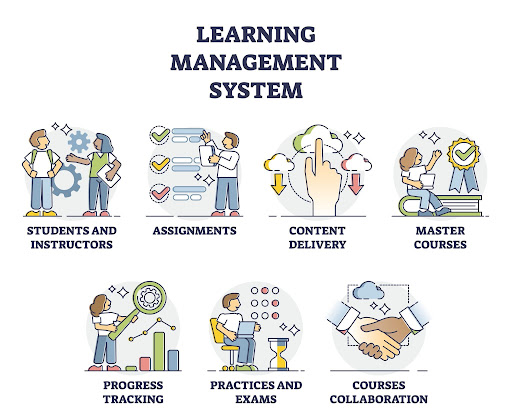
Course delivery using different delivery modes

What delivery modes can you use to deliver training?
Face to face/ on campus/ classroom based delivery
It is learning in a classroom environment with qualified trainers who guide the learners through high-quality learning and assessment activities. The trainer usually teaches all of the units of competency content to a small group of learners, with social distancing procedures now in place to ensure the safety of each individual participant. The small groups of learners are maintained to ensure that everyone receives the attention they deserve.
Online mode of delivery
Learners can obtain a wide range of learning outcomes by participating in online learning activities that are managed through the use of an online environment. Online mode of delivery offers a lot more flexibility and value to learners as they can watch the recorded videos, access self-study materials, participate in forums and discussions and use online libraries and support systems.
Distance mode of delivery
For a variety of reasons, training organisations may choose to deliver vocational education and training courses via distance delivery methods. Among the possible reasons are:
- due to employment or other responsibilities, the learner cohort wants to learn outside of normal training hours,
- the geographical spread of enrolling learners
- access to the most up-to-date industry practises may be accessible,
- as well as the possibility to offer a greater variety of units of competency as elective units for a qualification.
Workplace mode of delivery
The workplace mode of delivery includes training and assessment that can be provided at the learner’s place of employment.
Blended mode of delivery
Blended delivery (BD) is a form of study that incorporates different modes of delivery, for example offering training to students using both online and face-to-face delivery methods. Students get access to a wide range of learning materials as well as self-study materials for each unit of study they complete. Additionally, students can attend workshops on campus to develop their abilities, as well as participate in synchronous online sessions where they can merge theory and practice.
Whatever method you use to offer instruction to students, you must plan, document, and implement techniques that ensure that students obtain all necessary skills and knowledge in the subject matter. This need includes ensuring that students have access to appropriate resources, facilities, and trainers.
Comments are closed.